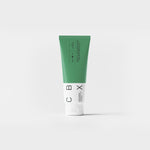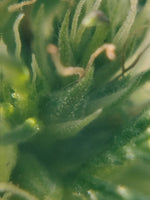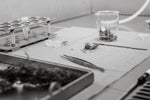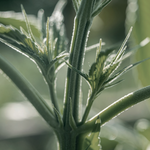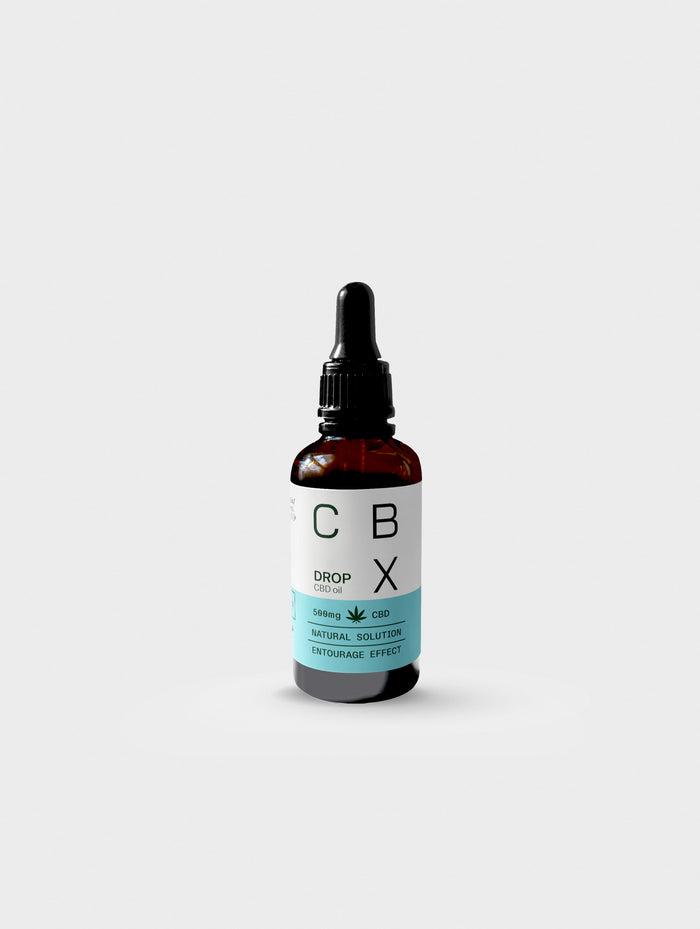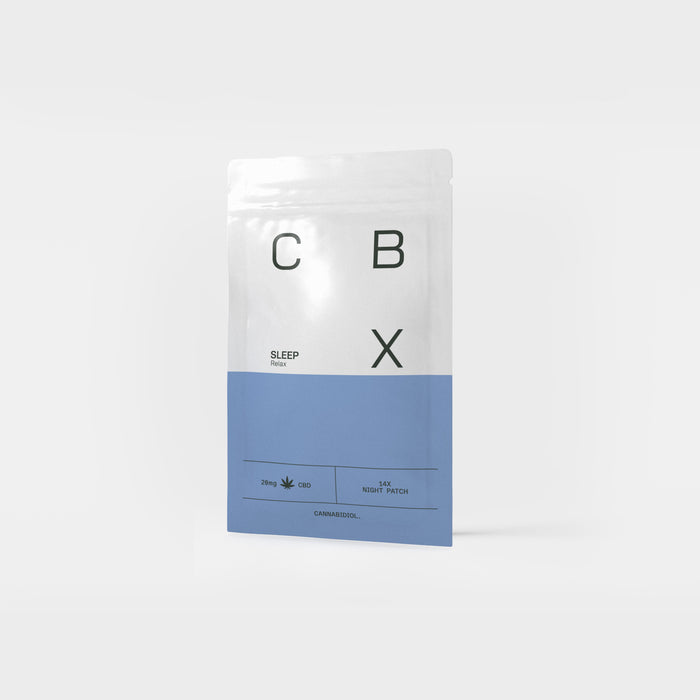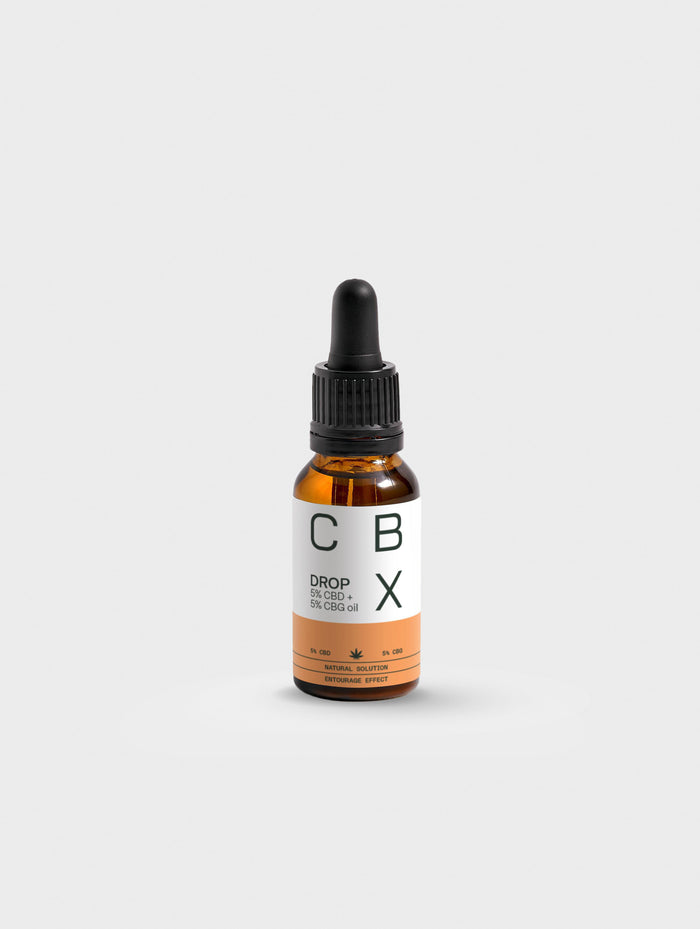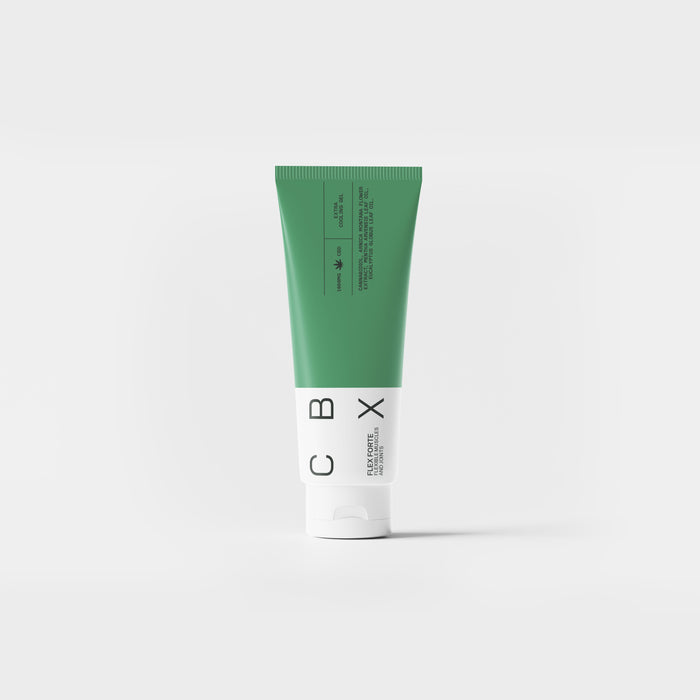After 3 months of harvest, new status!
Reminder: Learn to better understand
In order to make a contribution to building a better world, CBX Medical, in collaboration with an agricultural company and with the help of a university and a regional research center, is carrying out an experiment to build knowledge agricultural around the plant.
In this context, we planted 2 varieties at various densities on a field in Longueville (Chaumont Gistoux). The aim of the experiment is to shed light on the potential zero-waste cultivation of hemp: that is to say the cultivation which would maximize the fiber, hemp and cannabinoids. This with the aim of being able to advise farmers who are getting into hemp.
Plant height
Our plants continued to grow until they reached a plateau. During the vegetative phase, the plant concentrates its energy on its growth. When the length of the day begins to decrease, the plant feels it. She knows that her life cycle is coming to an end and that she must reproduce to ensure the survival of the species. It will therefore begin to flower. When the plant flowers, the energy is now used for flower production in the female and pollen sac production in the male. This explains the reason for the decrease in growth over time.

Taking samples
Cannabinoids, terpenes and flavonoids are the compounds present in the plant that are the most interesting from a therapeutic point of view. They are produced in the floral part of the plant and their concentration changes depending on the different stages of flowering.
In order to know the concentrations of these compounds over time, we took samples at different stages of flowering:
- Initiation of flowering (for the female part, production of pre-flowers (with white pistils for the female part; resembling small green eggs for the male part)

- Mid-flowering (widening of buds and pollen sacs, darkening of pistils, appearance of trichomes)

- Full bloom (bud enlargement, pollen sac explosion, more pistils darken, trichome color change)

Trichomes are tiny glandular organs found on female inflorescences. Cannabinoids are made and stored in trichomes. The evolution of the color of these is also a good indicator of the stage of flowering. At the beginning of their formation, the trichomes are transparent and contain a very small amount of cannabinoids. Then the trichomes will turn whitish. This indicates a greater amount of cannabinoids like CBD. Finally, the trichomes become darker and take on an amber color. The concentration of THC (remaining less than 0.2%) and CBD decreases and other cannabinoids appear.
Flower samples were frozen immediately after collection pending further laboratory assay analysis. Direct freezing allows the best preservation of cannabinoids, terpenes and flavonoids.
Harvesting the field
As explained previously, flowering time depends on the day/night cycle, but also on the variety grown. In fact, Santhica 70 entered flowering earlier than Futura 83. The flowers were therefore harvested at different times: August 22 for Santhica 70 and August 31 for Futura 83.
On August 31, we also harvested almost the entire field using a machine with a buzatinous blade allowing us to cut the stems at the base and also thanks to the many little hands who came to help us harvest the flowers one day. once the stems are cut.

All the flowers and part of the stems were then packaged and dried in an oven in order to calculate the fresh mass and the dry mass after evaporation of the water. This will allow us to calculate the different yields obtained in flowers and straw at different densities.
The rest of the stems were positioned on the field in a parallel manner so that retting could take place.

Our exhibition remains open every Saturday and Sunday until October 2. Part of the field is still standing and seed formation is beginning.
